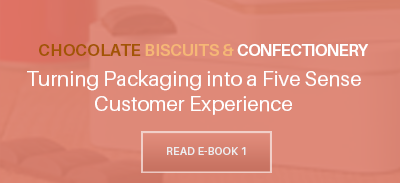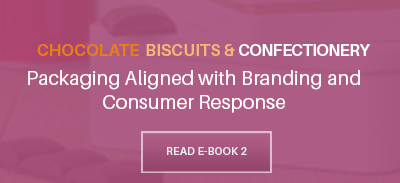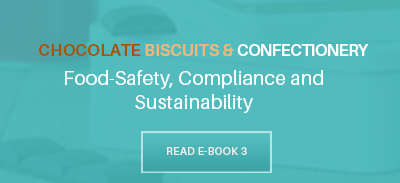Due to the rapid pace of technological changes, it's important for food packaging designers to be flexible enough to account for new industry and consumer directions. One emerging business model that cuts costs is the portable storefront such as a pop-up shop or kiosk. It's likely there will be more food delivery services that take orders online, which has been a growing market the past decade. Here are ideas about the where packaging of biscuits, chocolates and confectionery is today and where it can go.
Where Food Packaging Is Today
At the moment various industries are transforming to a 21st century lean business model that helps increase profit margins. One of the reasons that the future of plastic is in trouble is that it faces legislation across the United States limiting the use of plastic bags and other plastic items that end up in landfills and in water systems. Plastic, which is the most used material in the EU for food packaging, is still a big part of global packaging of foods, along with cardboard, aluminum and tin.
 One of the latest concepts offered by manufacturers to reduce plastic consumption is to make bags, bottles and other containers thinner. Over 30 different types of plastic are currently used for packaging while some companies are exploring how to create an affordable super-plastic that satisfies several conditions. Packaging designers are collectively looking to discontinue disposable packaging and focus on recyclable materials to meet the demands of investors and consumers.
One of the latest concepts offered by manufacturers to reduce plastic consumption is to make bags, bottles and other containers thinner. Over 30 different types of plastic are currently used for packaging while some companies are exploring how to create an affordable super-plastic that satisfies several conditions. Packaging designers are collectively looking to discontinue disposable packaging and focus on recyclable materials to meet the demands of investors and consumers.
Flexible packaging is currently the most commonly used type of packaging of confectionery products with a market share of over 75%, according to a recent GlobalData study. These packages that can be readily changed in shape come in various designs such as stand up or reclosable pouches. One of the reasons they've gain popularity besides keeping food fresh is people can use the zipper lock packages for travel. Another advantage to flexbile packaging is that it can lower shipping costs due to lighter weight plastic.
Limitations of Current Food Packaging
The main limitations to developing more advanced food packaging are that new ideas must be compatible with a manufacturer's existing technology and that most manufacturers are not in a position to make quick changes. A retail store selling white label products is in a much better position to experiment with different types of packaging. Many food companies are unwilling to adjust their current packaging policies if it means purchasing new machinery.
 Another limitation to packaging is shelf life of perishable food products such as chocolate. Many consumers are now paying attention to ingredients and don't want to eat food that contains certain preservatives. A glaring statistic that designers will have to think about in future packaging is that 20% of food produced in the EU goes to waste.
Another limitation to packaging is shelf life of perishable food products such as chocolate. Many consumers are now paying attention to ingredients and don't want to eat food that contains certain preservatives. A glaring statistic that designers will have to think about in future packaging is that 20% of food produced in the EU goes to waste.
Ideas Under Development
One of the most advanced packaging ideas that's already hit the public but mainly used by the food service industry is melt-away packaging. This innovative material is a plastic that can store food and then just melt, leaving no waste product. A similar concept is the line of ethylene-based polymers that dissolve in water made by MonoSol.
The idea of edible packaging is not so far-fetched for biscuits, chocolates and confectionery. Edible packaging has mainly been a fringe novelty but think about how bottles can be made of caramelized sugar coated with wax. Other packaging materials that are developing in this category include beeswax, seaweed mixed with sweeteners, dried fruit and vegetables. Containers called "WikiCells" use dissolvable organic materials instead of plastics.
 A recent survey of 4,000 adults by EcoFocus found that 70% of consumers believe it is extremely important that packaging does not affect the freshness of food free of preservatives. At the same time 68% of consumers want responsible packaging, such as using recyclable or plant-based materials.
A recent survey of 4,000 adults by EcoFocus found that 70% of consumers believe it is extremely important that packaging does not affect the freshness of food free of preservatives. At the same time 68% of consumers want responsible packaging, such as using recyclable or plant-based materials.
Usually adventurous investors or visionary leaders are what drive manufacturers to develop competitive edges. In the future companies will be pressured by investors to move away from plastic, despite its qualities of preserving taste and freshness. Convenience and portability are also strong concerns of consumers which will also play into tomorrow's food packaging.
Something designers won't forget is that packaging communicates emotional messages to consumers who are attracted to colorful designs. High resolution 3D digital print packaging will likely play a role in the future in the enhancement of visual effects.






